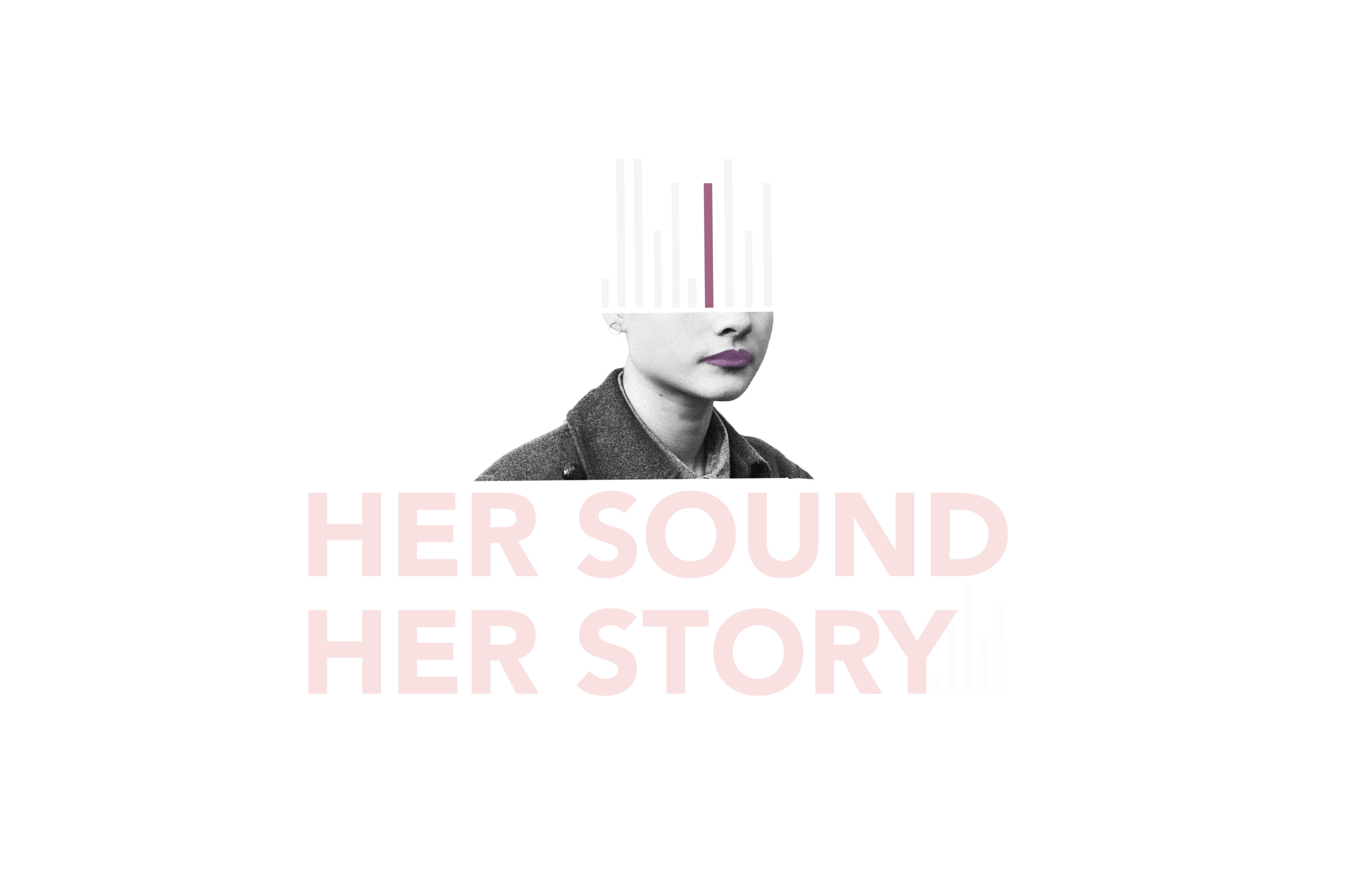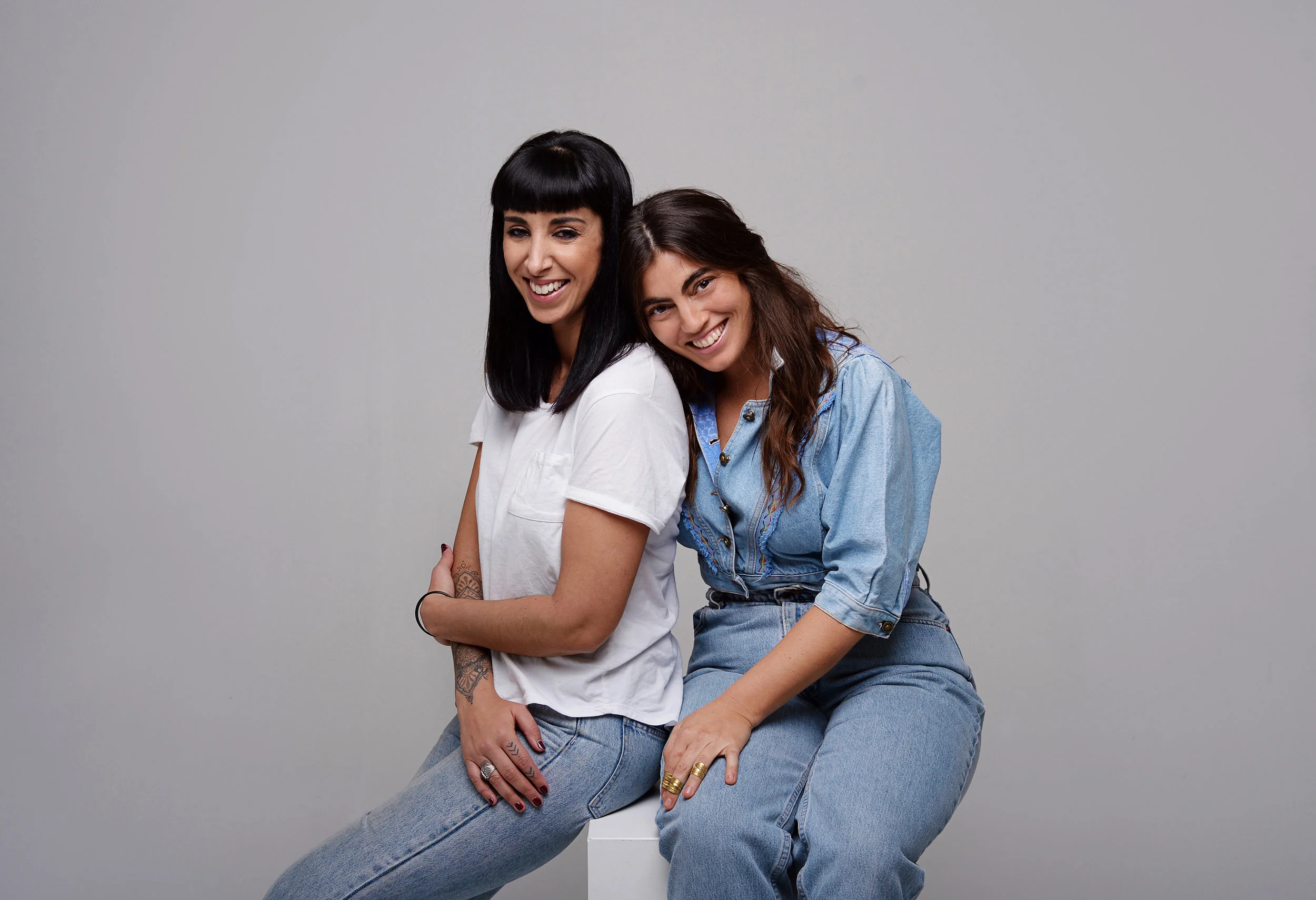In late 2014, Michelle Grace Hunder completed a personal project documenting the hip-hop music community in Australia. Having spent two years travelling around the country to photograph 182 artists, she had found that only around ten of them were women.
This realisation coincided with renewed criticism of a glaring gender imbalance in the annual Triple J Hottest 100 listeners' poll. The ensuing conversation revealed gender disparity not just concerning female artists, but also behind the scenes in the industry. Hunder resolved to find a way to shine a light on as many of these incredible women as possible.
Michelle with Missy Higgins
Claudia with Jen Cloher
From household names to the freshest faces, the highest priority was that the filmmakers engaged, included and reflected the true diversity of today's Australian music landscape. Through these interviews, Sangiorgi Dalimore and Hunder met with the most charismatic, funny and fiercely creative women in the industry. These stories captured their hearts and fuelled their ambition to keep documenting.
The editing process took over a year, with more than 48 hours of interview footage to review and cut down, and organise the sequence, structure, animations and sound.
Although she originally intended to create a small photo series, Hunder quickly realised the story could not be told with portraits alone. She approached her filmmaker friend and long-time collaborator Claudia Sangiorgi Dalimore to interview and document each of the women.
While their initial discussions were only vague, over the next two years, Hunder and Sangiorgi Dalimore travelled, photographed and interviewed scores of women from various parts of the industry. An undeniable story emerged.
With the artsits at premiere screening of Her Sound, Her Story
The film premiered at the Human Rights and Arts Film Festival in Melbourne in December 2017.
The film was completely independent and unfunded, which meant that Sangiorgi Dalimore and Hunder self-funded and made the documentary voluntarily. Their ability to develop ideas with each other is a reflection of the power of coming together for a greater purpose. Ultimately, it was the experience of meeting so many brilliant women that gave the filmmakers the courage to keep going. Finding that connection in each interview inspired them to share the magic of such authentic expression.
Watch interview with the film makers:
Have you ever listened to Triple J’s Hottest 100? Did you realise there was a gender imbalance?
What other art forms have gender inequality?
What tells the story more effectively, a photo series or a documentary? What else could tell this story?
Have you ever edited a film, and how long did you spend editing it? What was the most time consuming part of editing? What did you enjoy most?
What does it mean for a film to be independent or self-funded?
Search for newspaper articles about this documentary and also about gender inequality in the Australian music industry.
Compare your research with a partner, considering:
who is speaking out about or writing about the issues?
what are some main issues in the Australian music industry?
how does the documentary try and address these?






